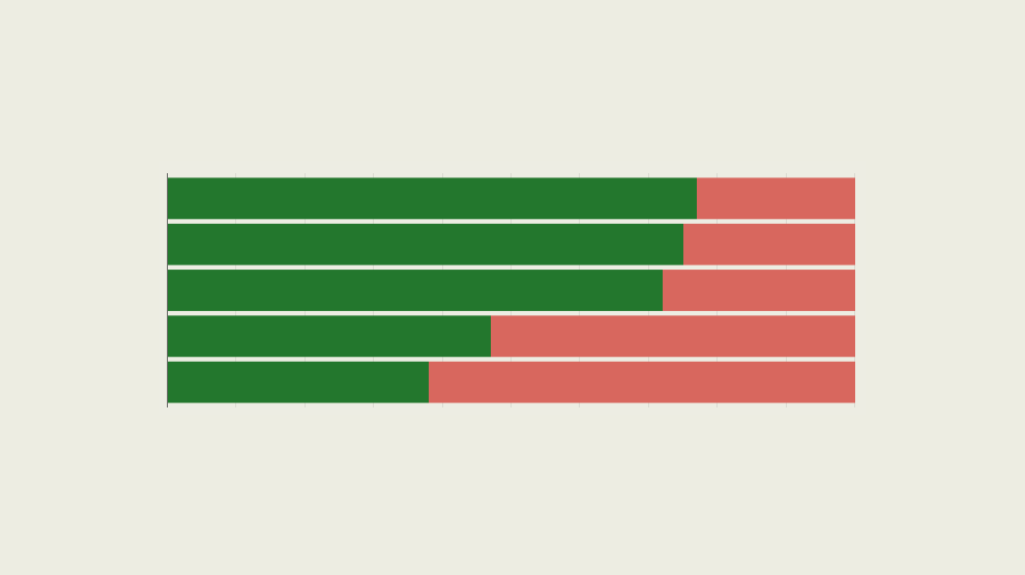Drought Takes Toll in Southern Cone
Drought Takes Toll in Southern Cone
A drought gripping the Southern Cone, particularly Argentina, harmed grain output in 2008 and threatens production this year. It remains to be seen whether recent rains can reverse the damage done.
As though global market volatility were not damaging enough, Latin American weather has recently threatened to do further harm to some economies. A drought striking parts of Brazil and the Southern Cone has spurred concerns among farmers about what will be produced in upcoming harvests. Argentina, in particular, feels the sting. Despite hope raised by forecasts of rain this week, corn and soybean prices rose Tuesday based on fears that the rainfall can’t undo the damage already done.
Argentina, one of the world’s top grain exporters, has borne the brunt of the drought, considered by some the worst in half a century as it wipes out wide swathes of crops and livestock. The crisis struck last year when the country’s wheat production fell to its lowest level in 20 years, according to the Buenos Aires Cereals Exchange. That drop, combined with decreasing production in other grains, caused a loss of at least $1.3 billion in government revenue in 2008. RGE’s Latin America Economonitor predicts the drought could force up Argentine inflation in February. The drought causes job losses that cut across sectors, from fruit pickers to the truck drivers who transport produce, as the Financial Times reports.
With forecasts that the country’s farming sector could lose as much as $5 billion in the coming year, the administration of Cristina Fernández de Kirchner announced a state of agricultural emergency in five provinces last week. The rescue package includes tax relief for the hardest-hit farmers.
Relations between Fernández de Kirchner and the farming sector have been frosty in the past year as a result of extensive protests against her administration’s agricultural export tax plan. During last year’s commodity boom and with soybean taxes already standing at 35 percent, her proposal to raise that rate to 45 percent led to roadblocks across the country and was ultimately rejected by Senate. Intelligence website Stratfor warns that, in 2009, wheat, soybean, and corn production drop enough to barely cover domestic consumption levels. “Considering that Argentine farmers have very little incentive to keep their products at home, one can envision a scenario for 2009 in which the drought and domestic price caps combine to create a domestic shortage,” says the report. To top it off, farmers started demonstrating again.
Yet Argentina does not stand alone in feeling the effects of the drought. An analysis by Michael Woolverton, a visiting professor at Kansas State University’s Department of Agricultural Economics writes about other countries that feel the pain: The government of Paraguay, the world’s fourth biggest soybean producer, reports the country will see harvests drop by 43 percent over last year. With the drought striking the southern states of Brazil, early corn crop yields could drop by 20 to 30 percent. Uruguay, which also declared an agricultural emergency last month, reported that it reached fastest jump in inflation since 2004 in January as a result of rising food costs associated with the drought.








